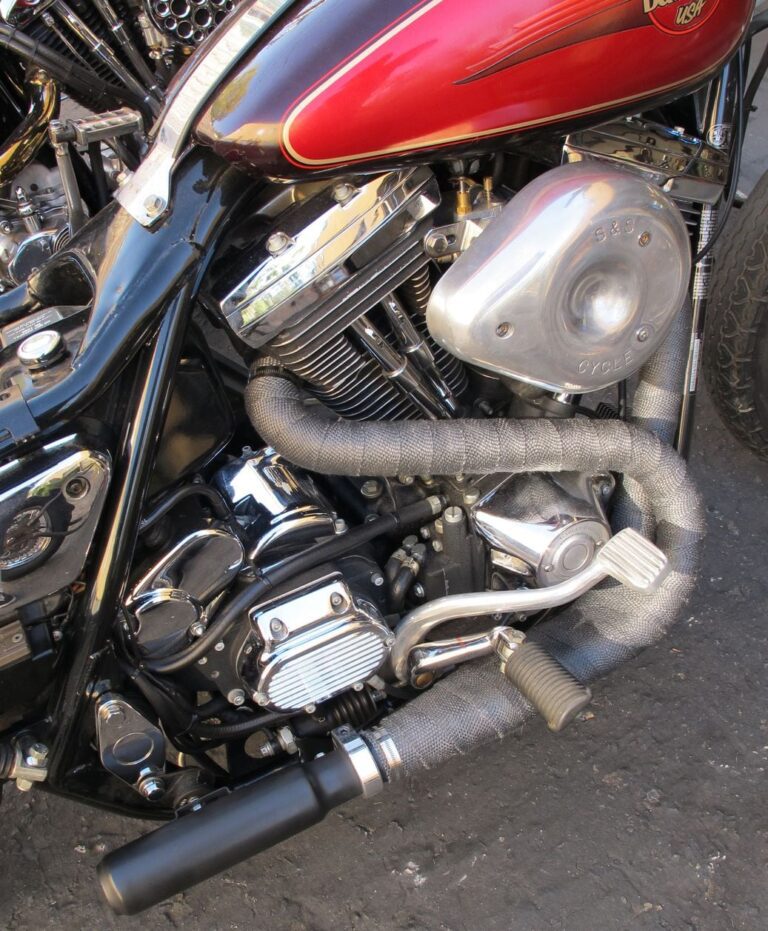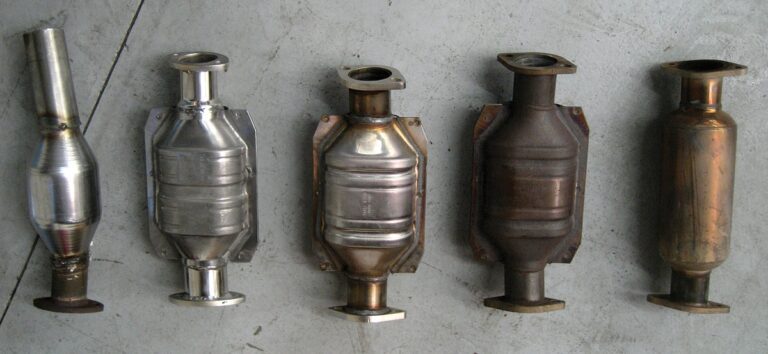How to Check Tire Pressure Monitoring System
To check your tire pressure monitoring system, locate the TPMS button on your dashboard and press and hold it until the TPMS light blinks three times. Then, release the button and wait for the TPMS light to turn off, indicating that the system has been successfully reset.
Tire pressure is a crucial factor that affects the performance and safety of your vehicle. Maintaining the correct tire pressure ensures optimal fuel efficiency, tire longevity, and enhances overall driving experience. Monitoring your tire pressure regularly is essential, and the tire pressure monitoring system (TPMS) helps facilitate this task.
By understanding how to check your TPMS, you can ensure that your tires always have the appropriate pressure levels. We will provide a step-by-step guide on how to check your tire pressure monitoring system effectively. By following these simple instructions, you can keep your tires properly inflated and ensure the safety and efficiency of your vehicle on the road.
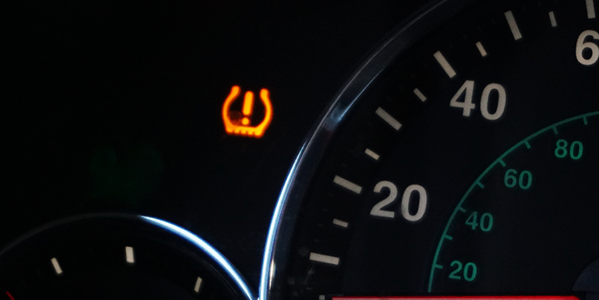
Credit: www.pepboys.com
Importance Of Tire Pressure Monitoring System
Efficient tire pressure monitoring systems are crucial for safe driving, helping prevent tire-related accidents. * To check your system, regularly inspect tire pressure using a gauge or rely on the vehicle’s built-in monitoring system for accurate readings. Be proactive in maintaining the right tire pressure levels for optimal performance and safety on the road.
Ensuring Optimal Safety
Tire pressure affects the way your vehicle grips the road, influencing its stability and handling. Properly inflated tires can prevent accidents caused by blowouts or loss of control due to low pressure. A reliable TPMS helps you maintain optimal tire pressure, ensuring a safe and smooth ride.
Improving Fuel Efficiency
When your tires are underinflated, your vehicle’s fuel efficiency can decrease due to increased rolling resistance. Correct tire pressure, as indicated by the TPMS, can help improve fuel economy by reducing the drag force on the tires.
Credit: www.reddit.com
Signs Of Tire Pressure Issues
Discovering signs of tire pressure issues is crucial for vehicle maintenance. When checking the tire pressure monitoring system, keep an eye out for uneven tire wear, increased fuel consumption, and decreased handling and traction. Proper maintenance ensures optimal safety and performance on the road.
Tpms Warning Light
One of the most prominent signs of tire pressure issues is the TPMS warning light illuminated on your dashboard. The Tire Pressure Monitoring System (TPMS) is designed to detect low tire pressure and alert the driver. If the TPMS warning light comes on, it indicates that at least one of your tires has insufficient pressure. This could be caused by a variety of factors such as a puncture, gradual air loss, or temperature changes. Ignoring this warning can lead to reduced fuel efficiency, tire damage, and compromised safety.
Handling And Performance Changes
Another telltale indication of tire pressure problems is changes in the handling and performance of your vehicle. Underinflated tires can cause your vehicle to feel sluggish, unresponsive, and less stable on the road. You may notice that your car pulls to one side, especially during braking or cornering. Additionally, with low tire pressure, your vehicle’s braking distance may increase, compromising your ability to stop quickly in an emergency. These handling and performance changes can significantly impact your driving experience and safety.
Steps To Check Tpms
Checking the tire pressure monitoring system (TPMS) is an important task that helps maintain the efficiency and safety of your vehicle. By following these simple steps, you can ensure that your tire pressure is at the optimal level:
Consult Your Vehicle Manual
1. Obtain your vehicle manual.
Refer to your vehicle manual to find the recommended tire pressure for your specific make and model. This information is crucial, as tire pressure requirements may vary depending on the type of vehicle and the size of the tires.
Use A Quality Tire Pressure Gauge
2. Purchase a reliable tire pressure gauge.
Invest in a good quality tire pressure gauge to accurately measure the air pressure inside your tires. This tool will provide precise readings, ensuring that you maintain optimum tire pressure levels.
Check The Pressure When Tires Are Cold
3. Park your vehicle for at least three hours before checking.
It is crucial to check the tire pressure when the tires are cold, as heat generated during driving can increase the pressure inside. By allowing the tires to cool down for at least three hours, you can obtain accurate readings.
4. Remove the valve cap from the tire.
Before measuring the tire pressure, remove the valve cap from the tire’s valve stem. This will allow you to connect the tire pressure gauge securely and obtain an accurate reading.
5. Press the tire pressure gauge onto the valve stem.
Press the tire pressure gauge firmly onto the valve stem and hold it in place. Ensure that there are no leaks and the gauge provides a stable reading.
6. Read the tire pressure gauge.
Look at the display on the tire pressure gauge. It will provide a digital or analog reading of the tire pressure. Ensure that the reading matches the recommended pressure specified in your vehicle manual.
7. Repeat the process for all tires.
Check the pressure of each tire individually, repeating the steps for accuracy. Remember to replace the valve caps securely after measuring each tire.
By regularly checking your TPMS and ensuring proper tire inflation, you can enhance the fuel efficiency, prolong tire life, and improve the overall safety of your vehicle. Follow these steps diligently to maintain optimum tire pressure and enjoy a smooth and trouble-free ride.
Interpreting Tpms Readings
Interpreting TPMS Readings is crucial for maintaining optimal tire performance and safety. Understanding correct pressure levels and acting on underinflated or overinflated readings is essential to ensure your vehicle operates at peak efficiency and safety.
Understanding Correct Pressure Levels
It’s paramount to comprehend the correct tire pressure levels specified for your vehicle to interpret TPMS readings accurately. Refer to the owner’s manual or the placard located on the driver’s side door jamb or fuel door for the recommended pressures.
Maintaining the correct tire pressure not only optimizes fuel efficiency but also ensures appropriate traction and reduces the risk of tire blowouts. Furthermore, complying with these recommendations can extend the durability of your tires.
Acting On Underinflated Or Overinflated Readings
When TPMS readings indicate underinflated tires, it’s essential to inflate them to the manufacturer’s specified pressure levels promptly. Failure to do so can result in increased tread wear, reduced fuel efficiency, and compromised handling.
Conversely, if overinflated, release the excess air to reach the recommended tire pressure. Overinflated tires can lead to a harsher ride, reduced traction, and uneven tire wear, posing safety risks.
Maintaining Tpms
Maintaining your TPMS is essential for safe driving. Learn how to check your tire pressure monitoring system to ensure optimal performance.
Maintaining TPMS is crucial to ensure your vehicle’s safety and performance. Regularly inspecting tires and seeking professional help is essential for effective TPMS maintenance.| Maintaining TPMS |
|---|
Regularly Inspecting Tires
Inspect tire pressure monthly using a tire pressure gauge.
Look for signs of wear and tear such as uneven tread wear.
Check for any foreign objects lodged in the tires.
Seeking Professional Help When Needed
If you notice TPMS warning lights, consult a professional.
Professional technicians can diagnose and repair TPMS sensors.
Ensure your TPMS system is functioning optimally with expert help.
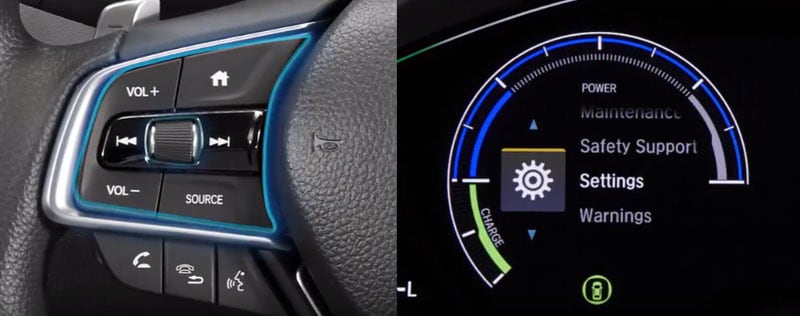
Credit: www.showcasehonda.com
Frequently Asked Questions On How To Check Tire Pressure Monitoring System
How Do You Check Tire Pressure Monitor?
To check tire pressure monitor, follow these simple steps: 1. Start your vehicle and locate the tire pressure monitoring system (TPMS) button. 2. Press and hold the button until you see the TPMS indicator light on the dashboard. 3. The TPMS will display the current pressure of each tire.
4. Compare the readings with the manufacturer’s recommended tire pressure. 5. Adjust the tire pressure as needed, using an air compressor or by releasing air.
What Does It Mean When My Car Says Check Tire Pressure Monitoring System?
When your car says “check Tire Pressure Monitoring System,” it means there may be a tire pressure issue. It’s essential to inspect and adjust the tire pressure according to the vehicle’s recommended levels. Proper tire pressure ensures safety and optimal performance.
How Do I Know If My Tire Pressure Sensor Is Bad?
You can tell if your tire pressure sensor is bad if the TPMS light stays on, displays inaccurate readings, or doesn’t work at all.
How Do I Check And Reset My Tpms?
To check and reset your TPMS, locate the TPMS button in your car, press and hold it until the light blinks. To reset, inflate tires to the recommended pressure, then press and hold the TPMS button again until the light stops blinking.
Why Is Tire Pressure Monitoring Essential?
Maintaining proper tire pressure enhances safety and fuel efficiency while preventing premature wear.
How Frequently Should I Check My Tire Pressure Monitoring System?
Regularly check tire pressure at least once a month and before long journeys.
Can Tire Pressure Monitoring Help Save On Fuel Costs?
Adequate tire pressure improves fuel mileage, saving you money and reducing emissions.
Conclusion
Ensuring your tire pressure monitoring system is functioning properly is crucial for vehicle safety and performance. Regularly monitoring and maintaining the tire pressure can help prevent accidents and extend the lifespan of your tires. By following the simple steps outlined in this guide, you can easily check and maintain your tire pressure monitoring system.
Remember, safety on the road starts with properly inflated tires!

